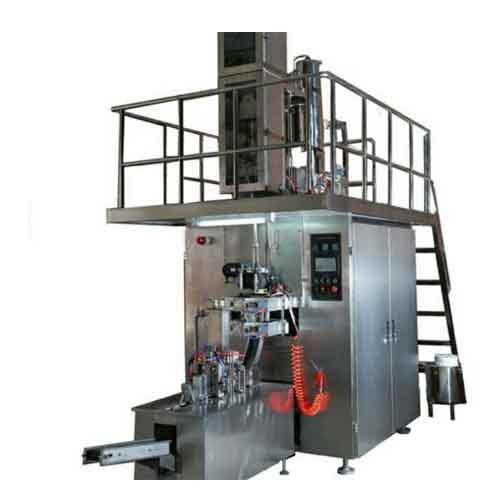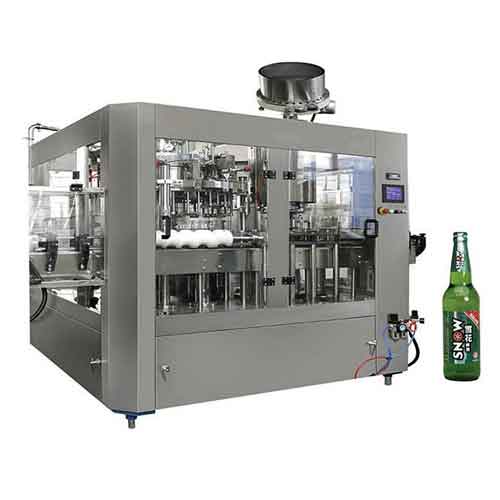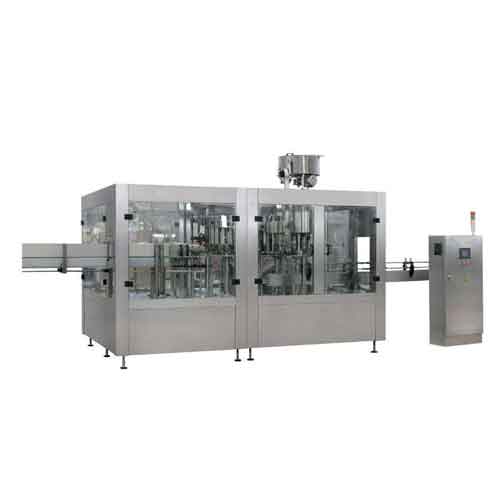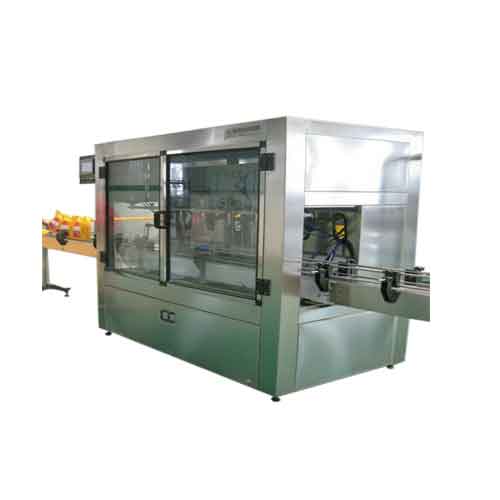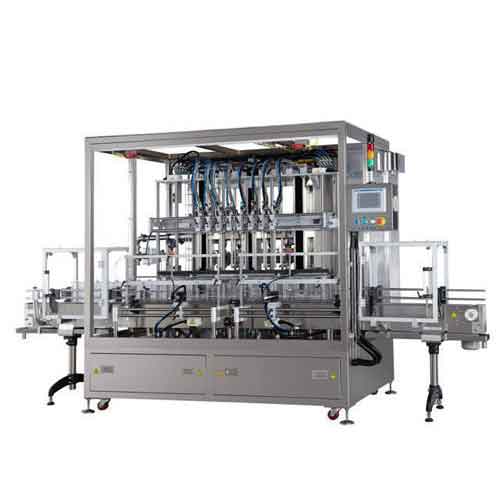In order to ensure product quality during operation, the rolling machine needs to be precisely adjusted according to production requirements and material characteristics. Here are some key adjustment methods:
1.Adjusting the gap between the rolling rolls: The gap between the rolling rolls is a key factor in determining the thickness of the product. When adjusting the gap, it should be done according to the product requirements and dough characteristics. Usually, when rolling for the first time, it should start with a larger gap and gradually decrease to the desired thickness to avoid dough breakage or uneven rolling.
2.Control dough temperature: The temperature of the dough directly affects its plasticity and rolling effect. Too high temperature may cause the dough to become too soft, affecting thickness control; However, Too low temperature may make the dough hard and difficult to roll. Adjust the preheating temperature of the dough according to the specific formula and equipment to achieve the optimal rolling state.
3.Adjusting the rolling speed: The speed of rolling can affect the thickness uniformity and surface quality of the dough. Too fast speed may result in rough surface or uneven thickness of the dough, while too slow speed may reduce production efficiency. The rolling speed should be adjusted to the appropriate level based on the dough characteristics and product requirements.
4.Moisture control of dough: The moisture content of dough has a significant impact on the rolling effect. Too high or too low humidity will affect the rolling process and the final quality of the product. By adjusting the moisture ratio or pre-treatment process in the formula, ensure that the dough moisture is within the optimal range.
5.Rolling pressure adjustment: The rolling pressure should be adjusted according to the hardness of the dough and the thickness of the desired product. Too much pressure may cause the surface to become too thin or damaged, while too little pressure may not achieve the desired thickness. The optimal rolling pressure should be found through experimentation.
6.Process parameter monitoring: Real time monitoring of key parameters during the rolling process, such as roller gap, rolling speed, dough temperature, and humidity, to ensure that these parameters remain stable during production and avoid inconsistent product quality caused by parameter fluctuations.
7.Cleaning and maintenance: Regularly clean the rolling rolls and the interior of the equipment to avoid the accumulation of dough residue that affects the rolling effect. At the same time, maintain good lubrication and upkeep of the equipment to ensure a smooth and efficient rolling process.
8.Product quality inspection: During the production process, regular sampling is conducted for product quality inspection, including thickness, surface quality, moisture content, etc. Based on the inspection results, process parameters are adjusted in a timely manner to ensure that the product meets quality standards.
Through the above adjustments, the working status of the rolling mill can be effectively controlled, ensuring the quality stability and consistency of the rolled products, thereby improving production efficiency and the market competitiveness of the final products.
Our company has been engaged in food machinery customization services since its establishment in 2014, according to customer needs for you to tailor suitable machinery and equipment, for more product information, please refer to: https://www.hnunmachinery.com/Production-Line/Instant-Noodle-Production-Line/Instant-Noodle-Production-Line.html;Our expertise and advantages will bring you more opportunities and development space.
For personalized, industry-tailored advice and to explore state-of-the-art solutions, please don't hesitate to contact us at info@unmachinery.com
The following are other knowledge related to instant noodle production that I have summarized based on long-term work experience, for your reference. I hope you don't take the wrong path.
1.How to design a fried instant noodle production line?
2.What are the factors that affect the dough mixing effect in the production of instant noodles?
3.What are the factors affecting the awakening effect of instant noodle production?
4.What are the factors affecting the Calendering effect of instant noodles production?
5.What are the factors affecting the cutting and shaping of instant noodles production?
6.What are the factors affecting the frying effect of instant noodles production?
7.What are the factors affecting the steaming effect of instant noodles production?
8.Precautions for operating rolling equipment on instant noodle production line
9.How to determine whether the rolling effect of the rolling machine is qualified?

1.Adjusting the gap between the rolling rolls: The gap between the rolling rolls is a key factor in determining the thickness of the product. When adjusting the gap, it should be done according to the product requirements and dough characteristics. Usually, when rolling for the first time, it should start with a larger gap and gradually decrease to the desired thickness to avoid dough breakage or uneven rolling.
2.Control dough temperature: The temperature of the dough directly affects its plasticity and rolling effect. Too high temperature may cause the dough to become too soft, affecting thickness control; However, Too low temperature may make the dough hard and difficult to roll. Adjust the preheating temperature of the dough according to the specific formula and equipment to achieve the optimal rolling state.
3.Adjusting the rolling speed: The speed of rolling can affect the thickness uniformity and surface quality of the dough. Too fast speed may result in rough surface or uneven thickness of the dough, while too slow speed may reduce production efficiency. The rolling speed should be adjusted to the appropriate level based on the dough characteristics and product requirements.
4.Moisture control of dough: The moisture content of dough has a significant impact on the rolling effect. Too high or too low humidity will affect the rolling process and the final quality of the product. By adjusting the moisture ratio or pre-treatment process in the formula, ensure that the dough moisture is within the optimal range.
5.Rolling pressure adjustment: The rolling pressure should be adjusted according to the hardness of the dough and the thickness of the desired product. Too much pressure may cause the surface to become too thin or damaged, while too little pressure may not achieve the desired thickness. The optimal rolling pressure should be found through experimentation.
6.Process parameter monitoring: Real time monitoring of key parameters during the rolling process, such as roller gap, rolling speed, dough temperature, and humidity, to ensure that these parameters remain stable during production and avoid inconsistent product quality caused by parameter fluctuations.
7.Cleaning and maintenance: Regularly clean the rolling rolls and the interior of the equipment to avoid the accumulation of dough residue that affects the rolling effect. At the same time, maintain good lubrication and upkeep of the equipment to ensure a smooth and efficient rolling process.
8.Product quality inspection: During the production process, regular sampling is conducted for product quality inspection, including thickness, surface quality, moisture content, etc. Based on the inspection results, process parameters are adjusted in a timely manner to ensure that the product meets quality standards.
Through the above adjustments, the working status of the rolling mill can be effectively controlled, ensuring the quality stability and consistency of the rolled products, thereby improving production efficiency and the market competitiveness of the final products.
Our company has been engaged in food machinery customization services since its establishment in 2014, according to customer needs for you to tailor suitable machinery and equipment, for more product information, please refer to: https://www.hnunmachinery.com/Production-Line/Instant-Noodle-Production-Line/Instant-Noodle-Production-Line.html;Our expertise and advantages will bring you more opportunities and development space.
For personalized, industry-tailored advice and to explore state-of-the-art solutions, please don't hesitate to contact us at info@unmachinery.com
The following are other knowledge related to instant noodle production that I have summarized based on long-term work experience, for your reference. I hope you don't take the wrong path.
1.How to design a fried instant noodle production line?
2.What are the factors that affect the dough mixing effect in the production of instant noodles?
3.What are the factors affecting the awakening effect of instant noodle production?
4.What are the factors affecting the Calendering effect of instant noodles production?
5.What are the factors affecting the cutting and shaping of instant noodles production?
6.What are the factors affecting the frying effect of instant noodles production?
7.What are the factors affecting the steaming effect of instant noodles production?
8.Precautions for operating rolling equipment on instant noodle production line
9.How to determine whether the rolling effect of the rolling machine is qualified?
10.How to solve common faults of steaming machine?
11.How to do if the steamed noodles are half-cooked?
11.How to do if the steamed noodles are half-cooked?


